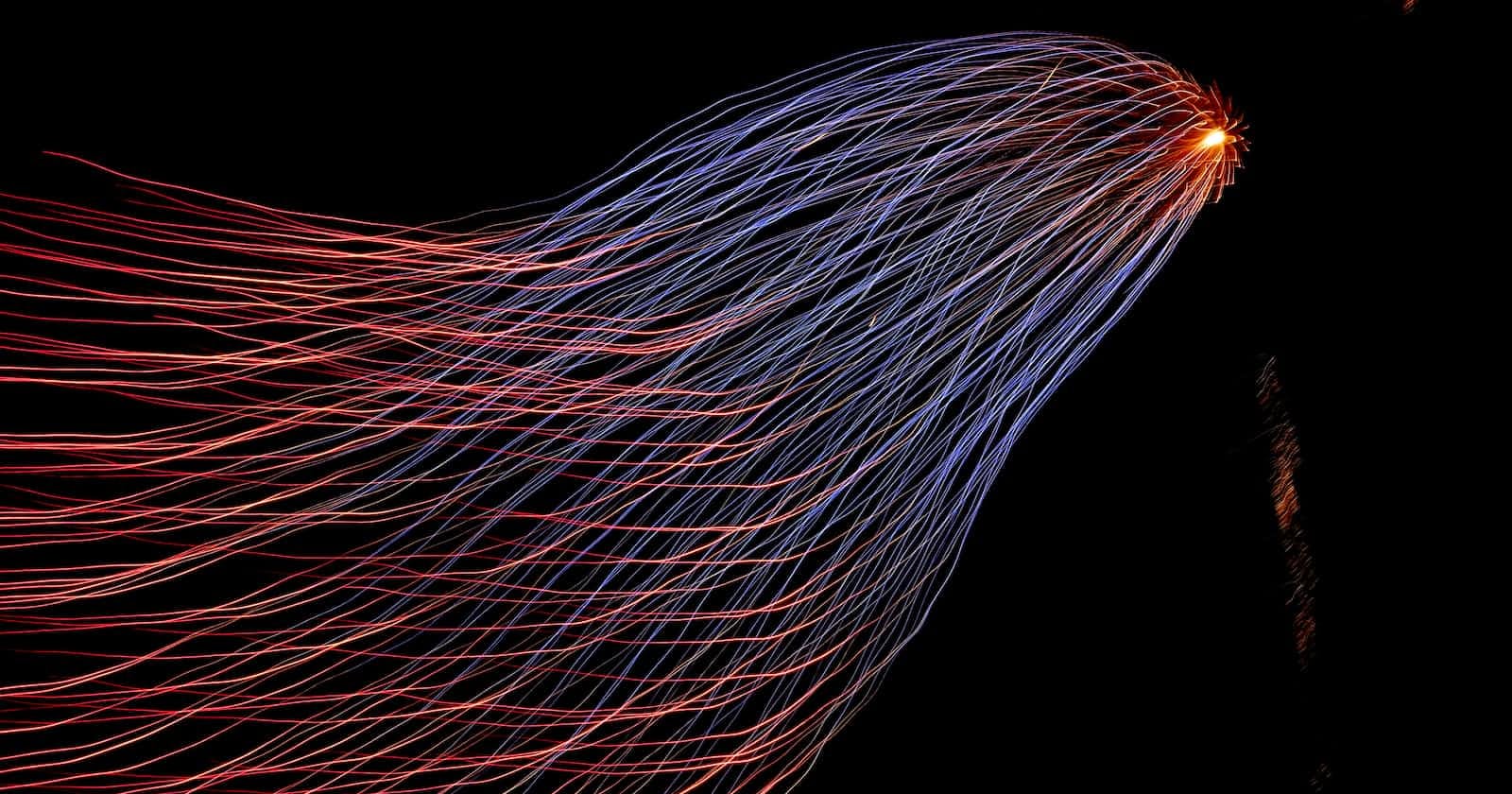Keras is a high-level neural networks API that provides an easy-to-use interface for building and training deep learning models. It is built on top of other popular deep learning frameworks, such as TensorFlow, Theano, and Microsoft Cognitive Toolkit (CNTK), and provides a simpler and more user-friendly interface for building and training models.
The main problem domain that Keras solves is the complexity and verbosity of building and training deep learning models using low-level frameworks such as TensorFlow and Theano. Keras provides a consistent and simple API that makes it easy to build and train models, and it abstracts the low-level details of the underlying framework. This makes it a great choice for beginners who want to get started with deep learning quickly and easily.
Keras uses several techniques, libraries, and concepts to make building and training deep learning models easy and efficient. Some of these include:
Modular design: Keras models are built by connecting layers together, which makes it easy to add, remove, or change layers in a model. This modular design makes it easy to experiment with different architectures and find the best one for a given task.
Pre-processing and data augmentation: Keras provides a number of pre-processing and data augmentation functions that can be used to prepare data for training. These functions can be used to normalize data, resize images, and perform other pre-processing tasks.
Loss functions and optimizers: Keras provides a number of various pre-built loss functions and optimizers that can be used to train models. These include popular loss functions such as mean squared error and categorical cross-entropy, and popular optimizers such as stochastic gradient descent and Adam.
Model evaluation and visualization: Keras provides several tools for evaluating and visualizing models, including metrics such as accuracy, precision, recall, and F1-score, and visualization tools such as TensorBoard.
An example of building a model with Keras for image classification would be as follows:
from keras.models import Sequential
from keras.layers import Dense, Flatten, Conv2D, MaxPooling2D
# Create a sequential model
model = Sequential()
# Add a convolutional layer with 32 filters, a kernel size of 3x3, and an input shape of (28, 28, 1)
model.add(Conv2D(32, kernel_size=(3, 3), input_shape=(28, 28, 1)))
# Add a max pooling layer with a pool size of 2x2
model.add(MaxPooling2D(pool_size=(2, 2)))
# Flatten the output of the previous layers
model.add(Flatten())
# Add a fully connected layer with 128 neurons and a ReLU activation function
model.add(Dense(128, activation='relu'))
# Add a softmax output layer with 10 neurons (for 10 classes)
model.add(Dense(10, activation='softmax'))
# Compile the model with categorical crossentropy as the loss function and Adam as the optimizer
model.compile(loss='categorical_crossentropy', optimizer='adam', metrics=['accuracy'])
# Train the model using the training data
model.fit(x_train, y_train, epochs=10, batch_size=32)
# Evaluate the model on the test data
score = model
For a beginner, Keras would be the best choice as it is more user-friendly and easy to use. Keras provides a simple and consistent API that makes it easy to build and train models, and it abstracts the low-level details of the underlying framework. This makes it a great choice for beginners who want to get started with deep learning quickly and easily.
In summary, Keras is a high-level neural networks API that provides an easy-to-use interface for building and training deep learning models


